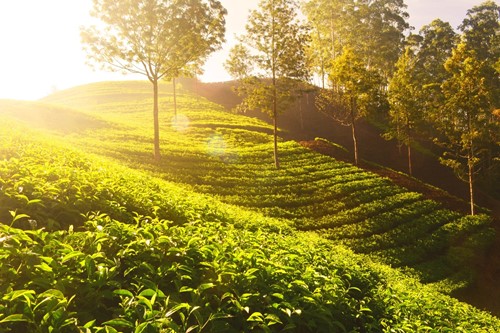Email: [email protected]

Planting anything on an incline might seem like more trouble than it's worth. However, if your yard has any slopes, you could be at risk for soil erosion and landslides. The best way to avoid them is to plant trees, shrubs or other plants on the slope to strengthen the ground. Here are some tips for gardening on a slope:
There are several different types of plants that will grow well on a slope. One type is ground-cover plants that spread out to form a mat of vegetation and roots. Plants that have deep roots and plants that grow multiple stems from the same root are also beneficial. Try ornamental grasses, sprawling shrub roses and clover.
It's also important to consider the environmental needs of the plants you choose. If you have a sunny slope, try catmint, creeping juniper, rosemary and purple coneflower. If your slope is mostly shaded, opt for carpet cypress, periwinkle or pachysandra.
You'll want to avoid planting things that grow tall but have shallow root systems. Some examples of trees to avoid because of their roots would be cottonwood or cypress. Both have shallow roots that make them risky to plant around your home and on a slope. Instead of helping prevent erosion, they might cause more damage if they fall during a landslide.
You'll also want to avoid any invasive species that could threaten the local ecosystem. Some invasive plants, like English ivy and vinca, grow quickly and can invade neighboring yards if not properly maintained. Research what plants might be problematic in your area before you get started with your gardening.
Most experts will advise against laying grass turf on a slope. However, if the incline is shallow enough and you don't mind the extra mowing effort, turf can work well on some slopes. The key issue with turf on a slope is watering, as water will drain downhill instead of evenly saturating the lawn. Keep this in mind if you live in a particularly dry climate that would require regular watering.
By using any of these ideas you will be able to plant an eye-catching and effective garden on a slope. Consider these options to prevent erosion and protect your property from possible landslides.
